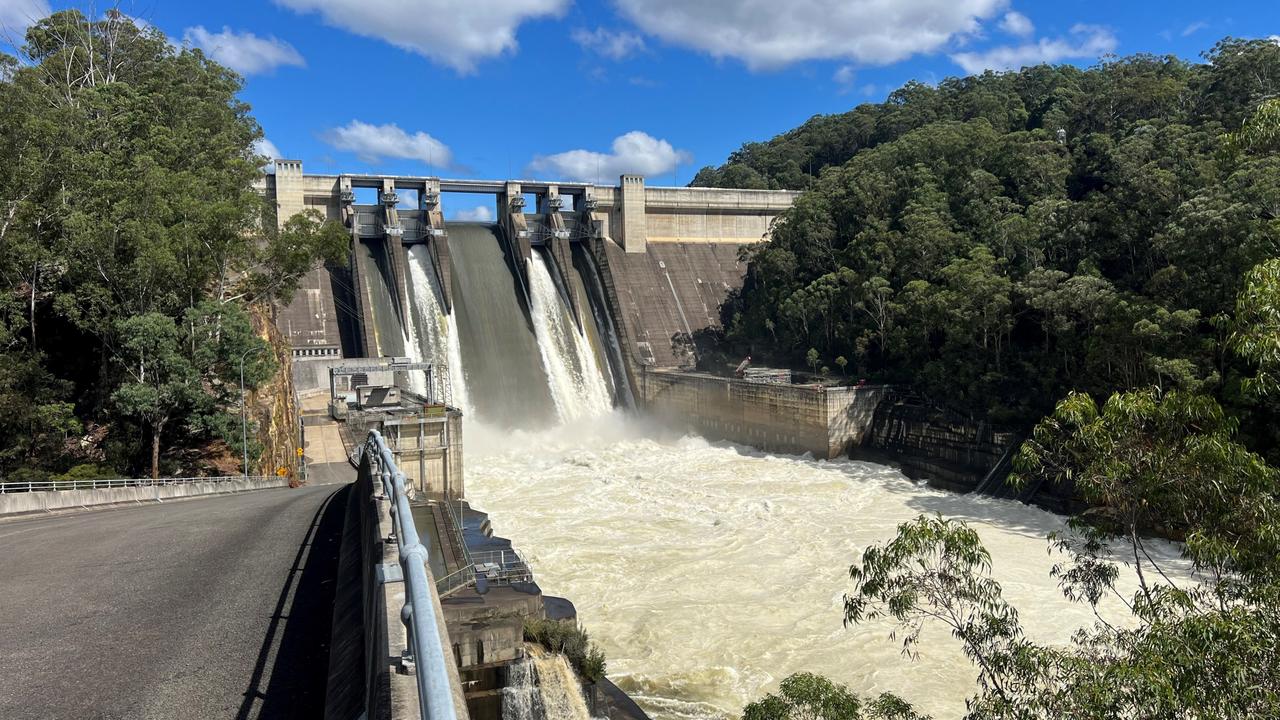Signs fail to warn residents about PFAS contamination at a popular Sydney beach
Residents have been left in the dark about the deadly hazard that’s caused a popular beach to be closed for two years.
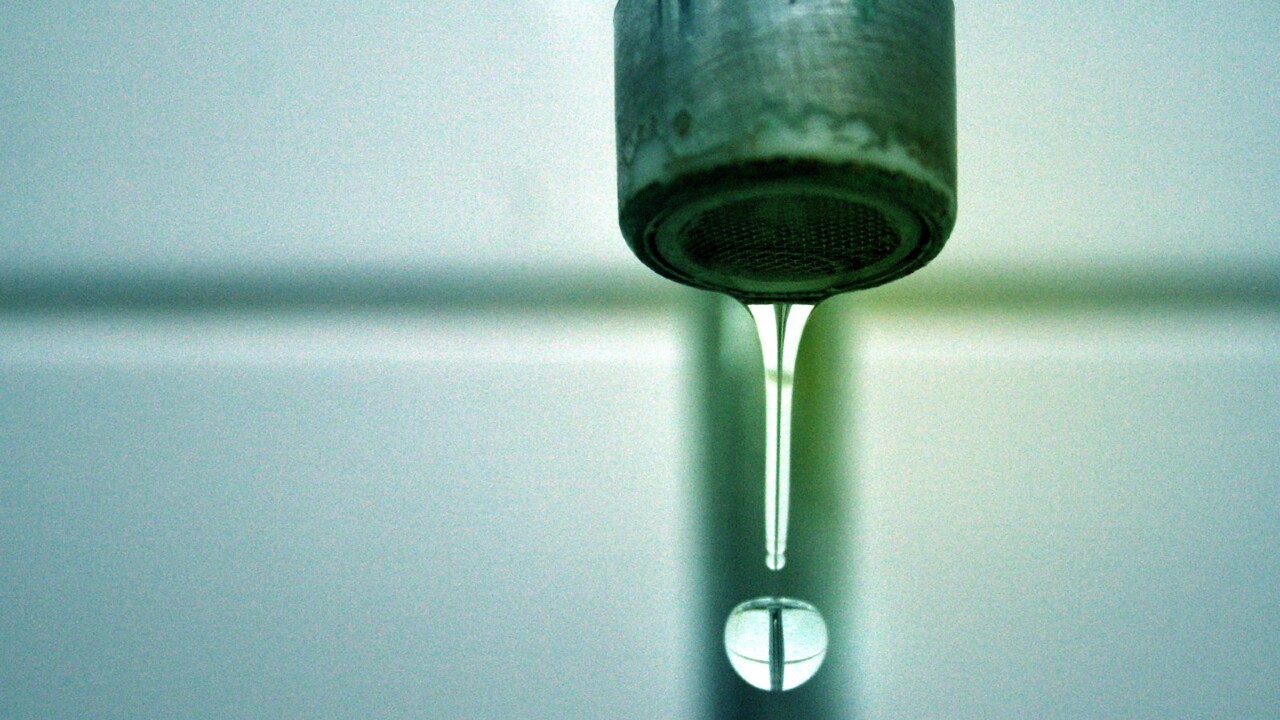
Environment
Don't miss out on the headlines from Environment. Followed categories will be added to My News.
Signs at a popular swimming spot near Sydney Airport have failed to alert swimmers and fisherman to dangers that lurk in the water.
Botany Bay’s Tower (Commonwealth) Beach located next to one of Australia’s busiest airports has been closed for the past two years due to a deadly hazard.
The southern end of the Botany Aquifer located beneath the Botany Bay area is contaminated with cancer causing chemicals known as per- and polyfluoroalkyl substances (PFAS).
A “No swimming no fishing” sign installed at the beach is hard to spot and fails to inform people the real reason why the beach is closed.
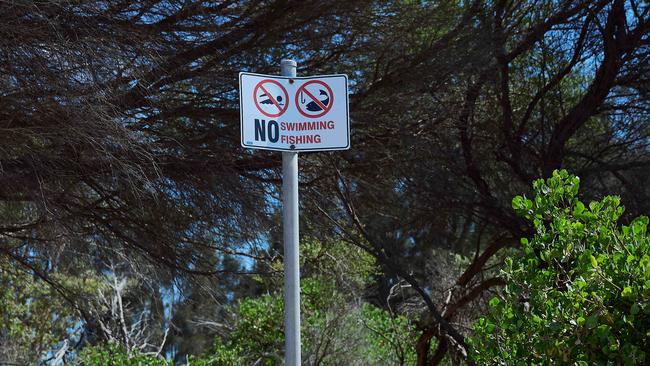
Families, swimmers, horse trainers, fishermen and plane spotters regularly use the area oblivious to potentially fatal substances contaminating the groundwater.
Resident Terry Daly told Nine newspapers he was angry about authorities lack of transparency about the beach closure.
“Tiny kids are playing on the sand there all the time,” he said.
It took months for Mr Daly to find out the reason why the beach was closed after he saw the signs installed in 2023.
Mr Daily was eventually informed by a Sydney Airport employee that the signage was erected on Sydney Airport’s land as a “precautionary measure taking into account the NSW Environmental Protection Authority (EPA) ongoing investigations of PFAS use across the state including in the Botany Bay area.”
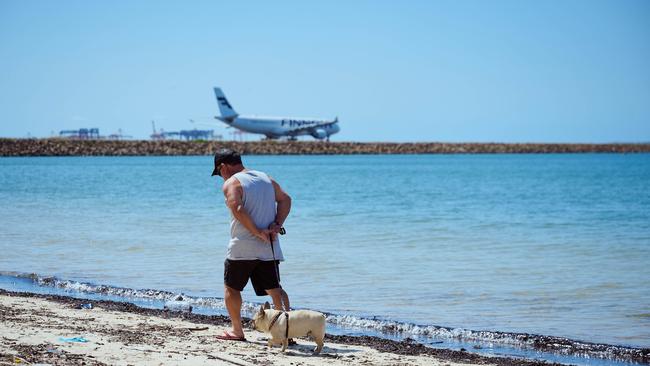
The land is leased by the airport from the federal government which NewsWire understands is the reason why the local government have not taken action to put up any signs or warn residents.
According to the NSW EPA website, the environmental watch dog is investigating PFAS contamination stemming from the historical use of firefighting foams at the Botany Industrial Park and Sydney Airport.
The environmental watchdog confirmed sampling undertaken by Airservices Australia detected PFAS in surface and groundwater within the airport precinct, and in some limited sampling of fish and sediments.
A NSW EPA spokesman said they had consistently expressed concern regarding PFAS contamination at Sydney Airport and continued to urge the Commonwealth Government Department of Infrastructure, Transport, Regional Development, Communication and the Arts to ensure remedial action was taken to protect the community and environment.
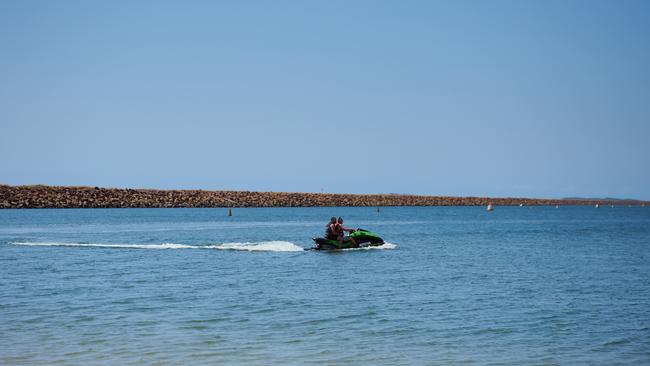
“Transparency around the level of contamination is important to ensure community awareness,” the spokesman said.
“Since 2006 groundwater use restrictions have applied in the Botany Bay area including a ban on groundwater use for domestic purposes.
“In 2018 the NSW Government released precautionary dietary advice regarding the consumption of fish from Botany Bay and the Georges River.”
Airservices Australia is the government body responsible for providing firefighting services at airports around Australia and is facing pressure to resolve the issue.
In December, the Australian Airports Association made a submission to a Senate Inquiry examining PFAS contamination on behalf of 340 airports across the nation including Sydney Airport.
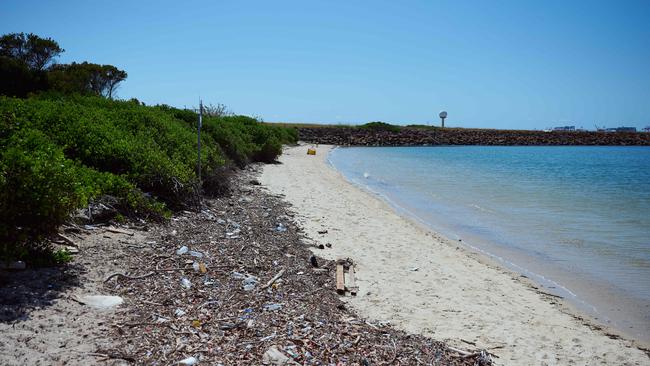
In their submission, the association noted the Civil Aviation Authority, now Airservices Australia, historically used aqueous film forming foam (AFFF) in firefighting and training activities at civilian airports across Australia.
AFFF is now known to contain PFAS, with the association telling the inquiry the aviation regulators were “overwhelmingly” the polluters who used the product which created the contamination.
“It is well accepted that PFAS contamination at federally leased airports is a matter that must be addressed, particularly to protect the health and safety of workers, users of airports and surrounding communities,” Australian Airports Association chief executive officers Simon Westaway said in the submission.
“Airports have been engaging with federal regulators for many years on PFAS contamination at airport sites.
“However, to date, progress from federal regulators has been lagging exposing airport lessee companies to highly unpredictable regulatory and operating environment.”
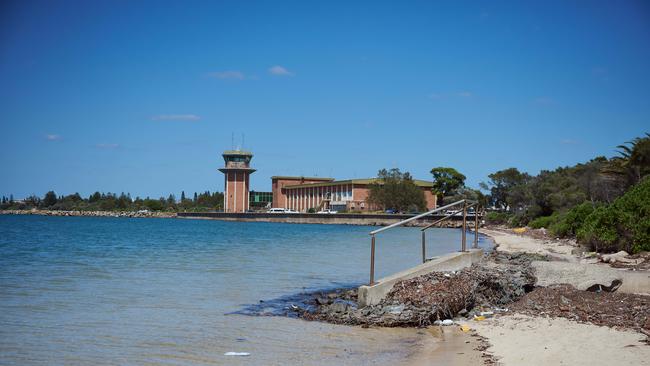
The association raised concerns about the historical relationship between Airservices Australia and the Civil Aviation Authority and accountability over legacy PFAS contamination at federally leased airports.
In its submission, the association noted Airservices Australia publicly distanced itself from responsibility for PFAS contamination caused by the Civil Aviation Authority’s historical use of AFFF.
“This position appears to be an attempt to avoid liability for environmental harm, despite the direct link between the agency’s historical practices and the contamination,” Mr Westaway stated.
“This stance not only undermines public confidence but also weakens efforts to address PFAS risks effectively.
“The Commonwealth has consistently adopted the “polluter pays” principle in managing contamination at other sites, such as Defence Estate sites, yet this approach has not been extended to federally leased airports.”
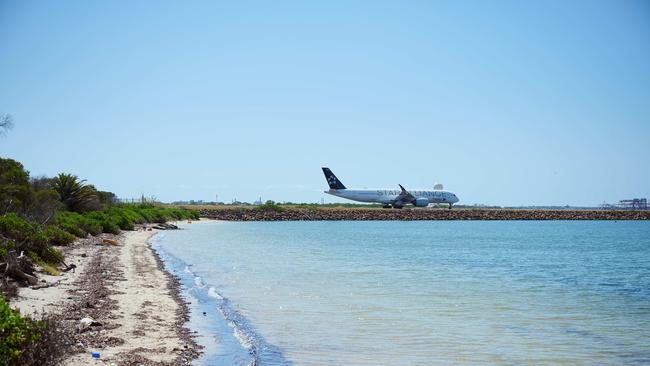
An Airservices Australia spokesman said they were currently undertaking a detailed site investigation, which was expected to be completed in 2025.
“Fieldwork for the Sydney Airport investigation has recently been completed and we expect reporting to be made available to relevant NSW agencies in mid 2025.
“Airservices is not a health advisory agency and was not involved in any decision to erect signage at Tower Beach.
“Airservices has, and will, continue to provide data and information to relevant health and environmental agencies including the NSW EPA when it becomes available to inform any advice they decide to issue.”
Originally published as Signs fail to warn residents about PFAS contamination at a popular Sydney beach


